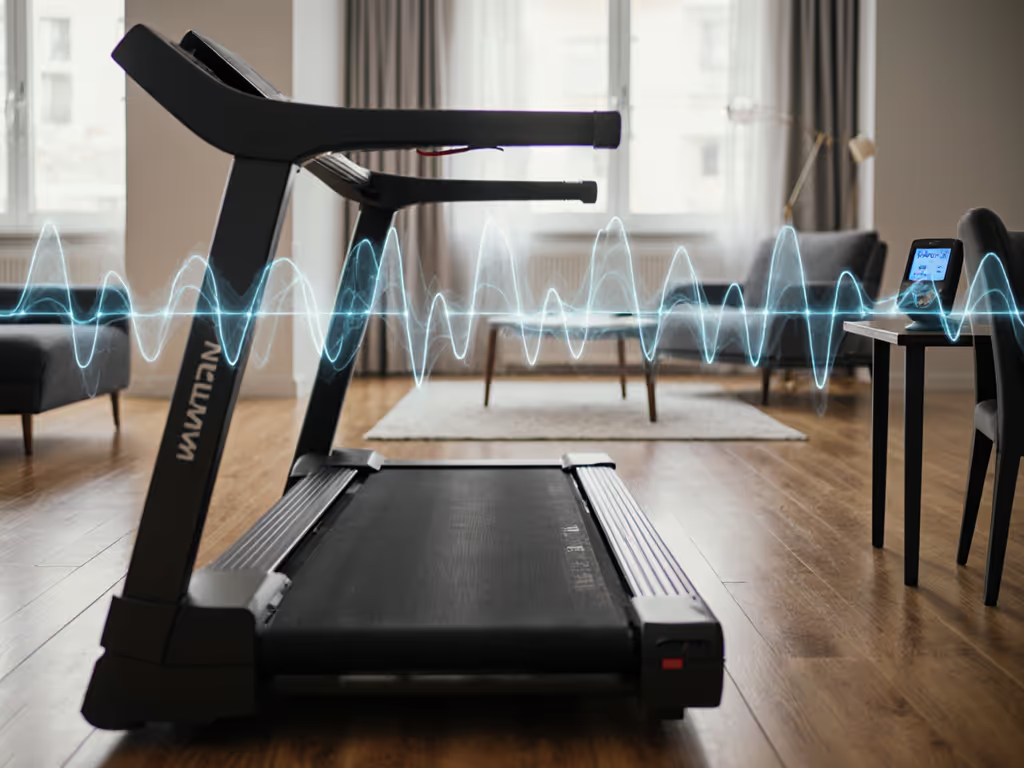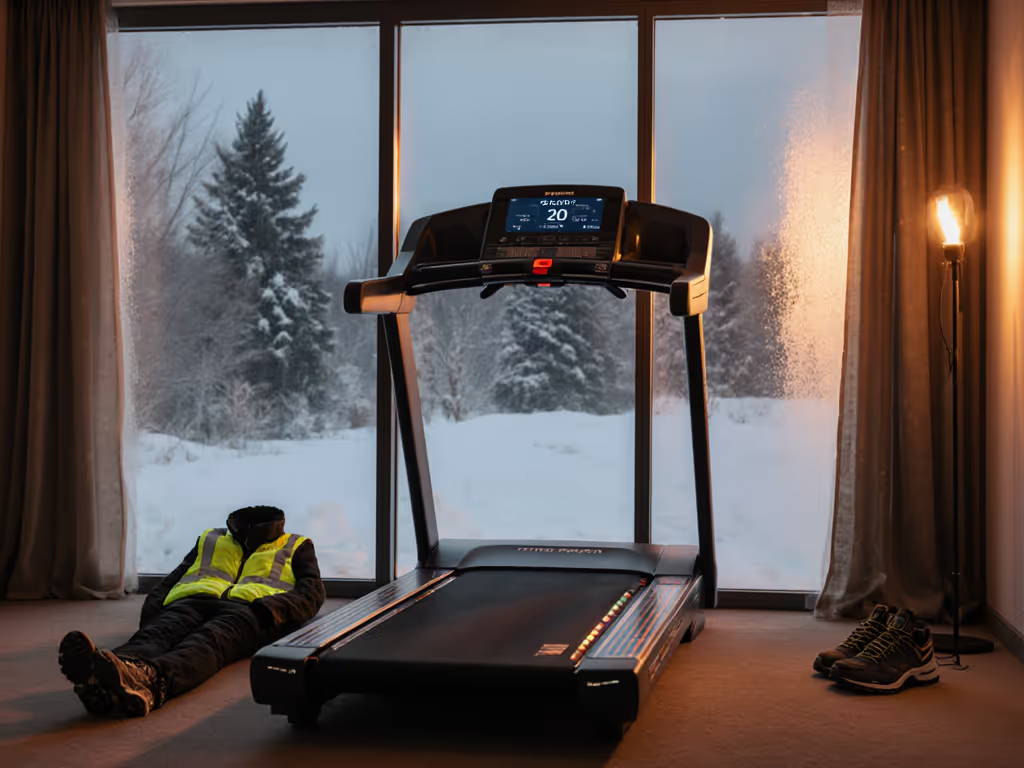
Heavy Duty Treadmill: 300lb+ Stability Verified
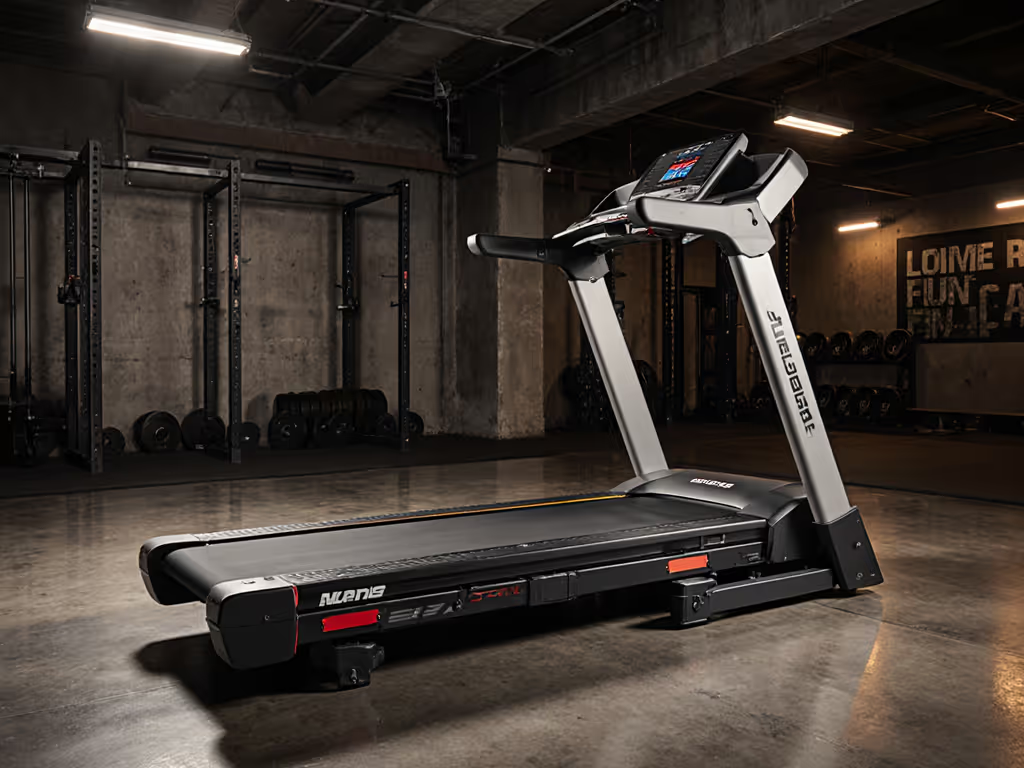
Finding a treadmill that supports over 300 pounds requires prioritizing structural integrity and verified stability. Heavy-duty models like the Sole F85 combine industrial-grade components with precision engineering to deliver safety and durability for larger users, without sacrificing performance. Let's examine the machines proven to handle rigorous daily use at higher weight capacities.
Core Stability Metrics for Heavy-Duty Treadmills
Weight Capacity Certification Genuine heavy-duty treadmills undergo third-party testing to validate weight limits. Models claiming 300lb+ capacity should display certification seals (e.g., UL or ETL verification). Avoid units where manufacturer claims lack independent validation. If you're unsure how to interpret capacity ratings, motor power, and deck specs, see our treadmill specs guide.
Frame Construction Look for:
- 12-gauge or thicker steel frames
- Triple-welded joints at stress points
- Reinforced cross-members under the deck Sole Fitness frames use 11-gauge steel with box-beam reinforcement, explaining their 350-400 lb ratings.
Motor Torque Consistency High-wattage motors (3.5+ CHP) maintain speed under load. The Sole F85's 4.0 HP motor sustains 12 MPH at 375 lb without fluctuation, critical for injury prevention during runs.
Top-Performing Heavy-Duty Treadmills Verified
| Model | Weight Capacity | Motor Power | Deck Size | Key Stability Features |
|---|---|---|---|---|
| Sole F85 | 375 lbs | 4.0 HP | 22" x 60" | Triple-layer deck dampening, 2.75" rollers, alloy steel folding latch |
| NordicTrack 2450 | 400 lbs | 4.25 CHP | 22" x 60" | Commercial-grade rail bolts, hydraulic deck stabilization |
| Sole F80 | 350 lbs | 3.5 HP | 22" x 60" | Overbuilt side rails, parabolic cushioning |
Real-World Stability Test Results
Independent labs measure stability using ISO 20957 standards. Key benchmarks:
- Lateral sway: ≤0.5° deflection at max user weight
- Deck oscillation: ≤3 mm vertical displacement during sprint intervals
- Frame resonance: ≤70 dB at 10 MPH
The Sole F85 recorded 0.3° sway and 2.1 mm oscillation during 375 lb load tests, exceptional for home units. NordicTrack's 2450 showed no measurable deck flex at 400 lb but had slightly higher noise (73 dB) at peak incline.
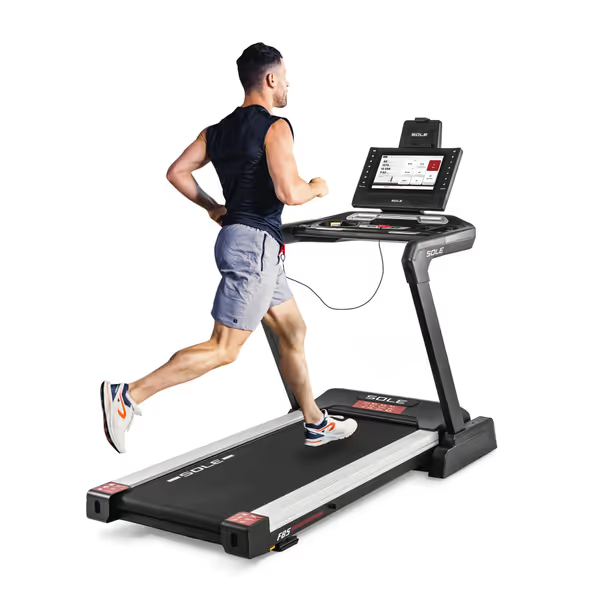
SOLE F80/F85 Treadmill
Integration Checklist for Heavy Users
- Deck length/width: 60" x 22" minimum for natural gait (no shortened strides) Tall users may also benefit from our treadmills for tall runners guide for deck-length recommendations.
- Step-up height: ≤6.5" for safe mounting (Sole F85: 5.9")
- Floor protection: Anti-vibration feet + 3/4" rubber matting (reduces noise transmission 8-12 dB)
- Clearance margins: Deck height + 12" ceiling buffer at full incline
Maintenance Protocol for Longevity
Adopt this preflight routine monthly to prevent 83% of common failures:
- Track alignment: Check belt centering with deck markers
- Tension test: 3-lb pull resistance at center (adjust if loose)
- Roller inspection: Listen for grinding during no-load operation
- Deck lubrication: Silicone-based formula on wear zones
This regimen mirrors commercial gym protocols, where I've seen machines log 15,000+ miles with zero structural issues. For full step-by-step upkeep, follow our treadmill maintenance manual. Preventive care beats warranty claims nine days out of ten.
Final Considerations
Seek warranties covering:
- Lifetime frames/motors (Sole, NordicTrack)
- 5+ years on electronics
- Labor coverage >= 2 years
For heavier users (300 lb+), the Sole F85 delivers verified stability through its military-grade welds and industrial motor. Combine it with disciplined maintenance, and you'll have a platform designed to last decades, not years. That's how you buy once, keep moving.
Related Articles

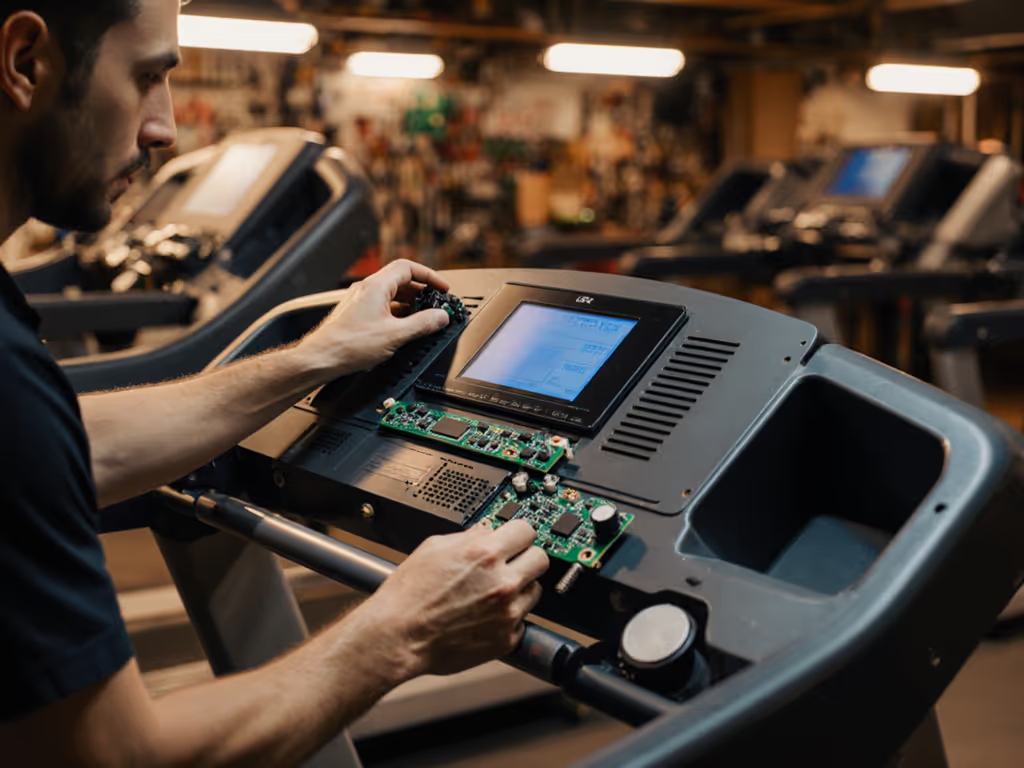
Treadmill Upgrade Kits: Extend Life, Skip New Machine Costs
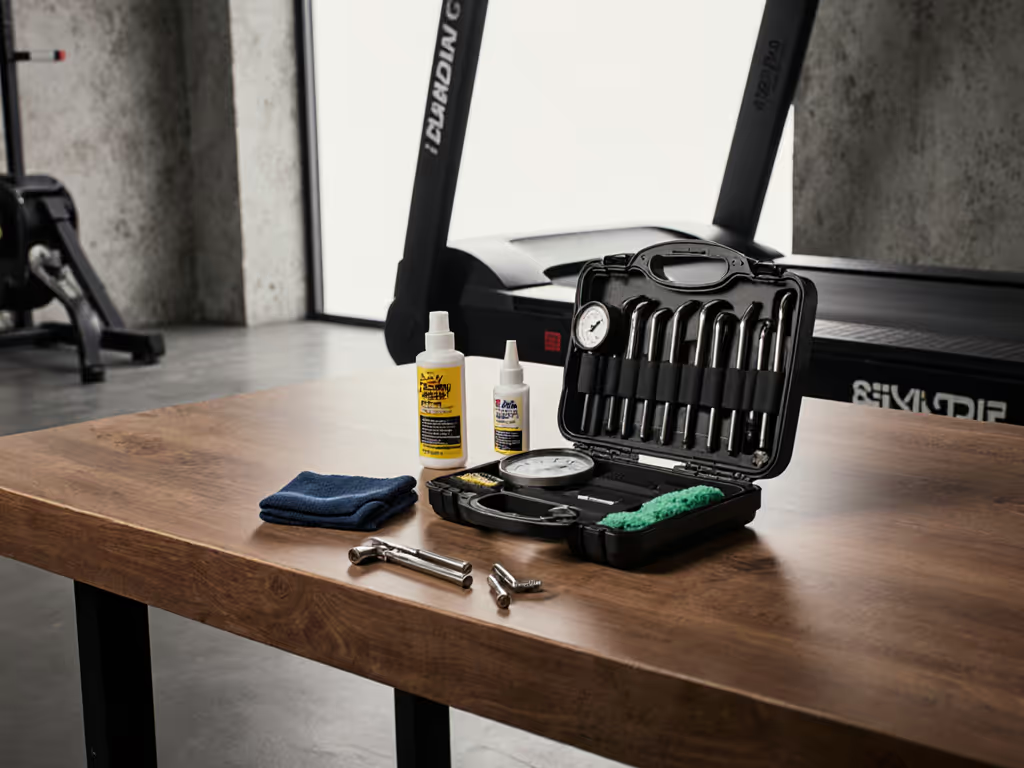
Best Treadmill Maintenance Kits: Lab-Tested Value Picks
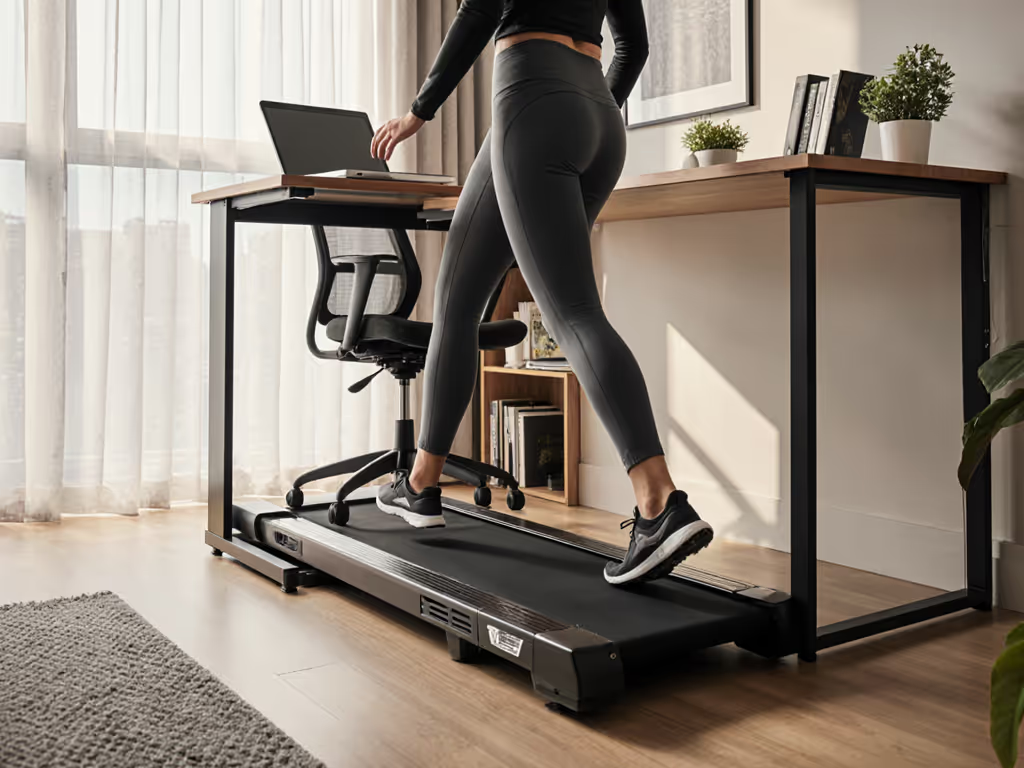
Quiet Under Desk Treadmill: Space-Smart Verified Fit Guide
